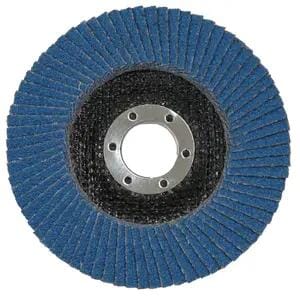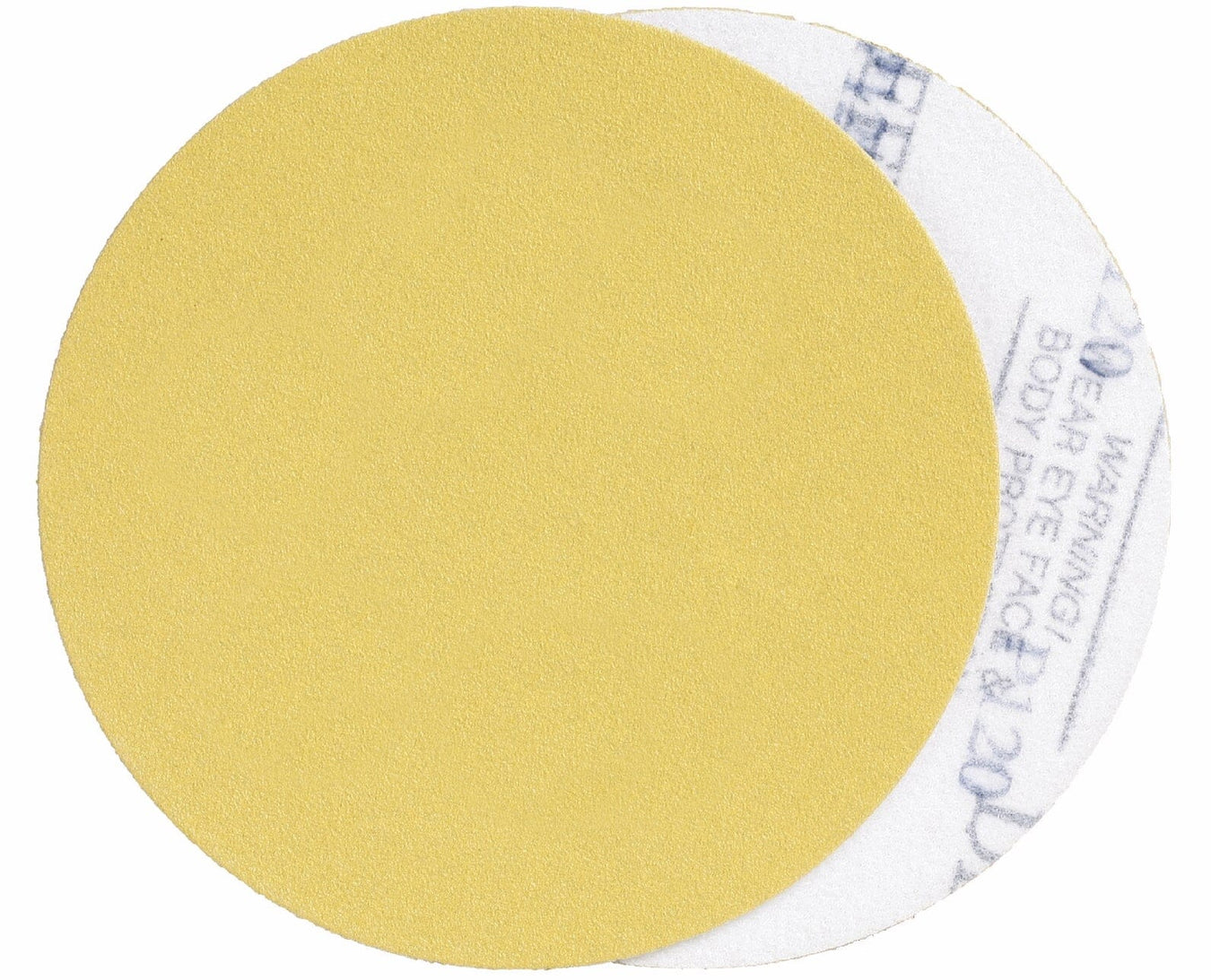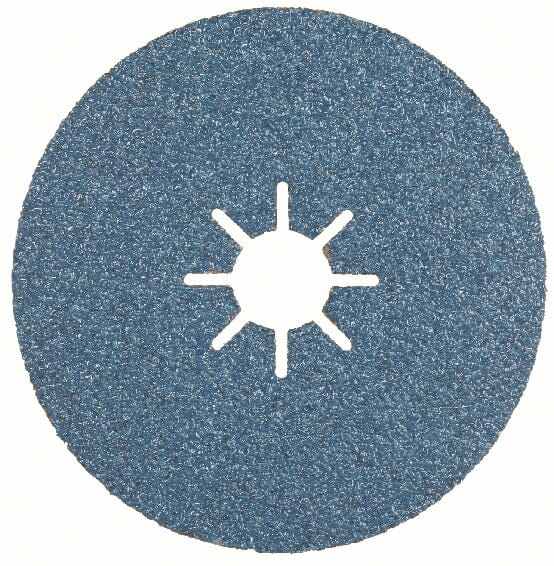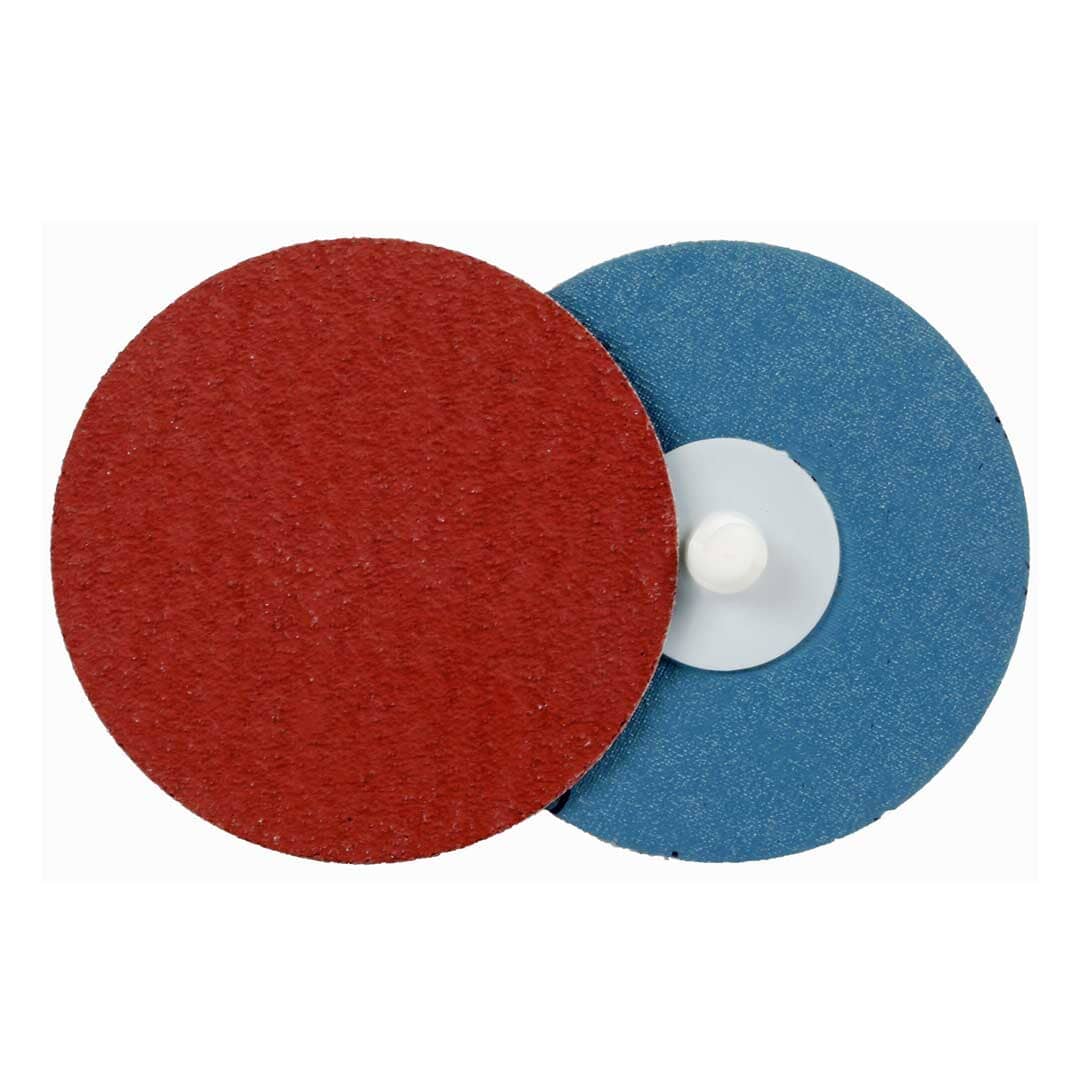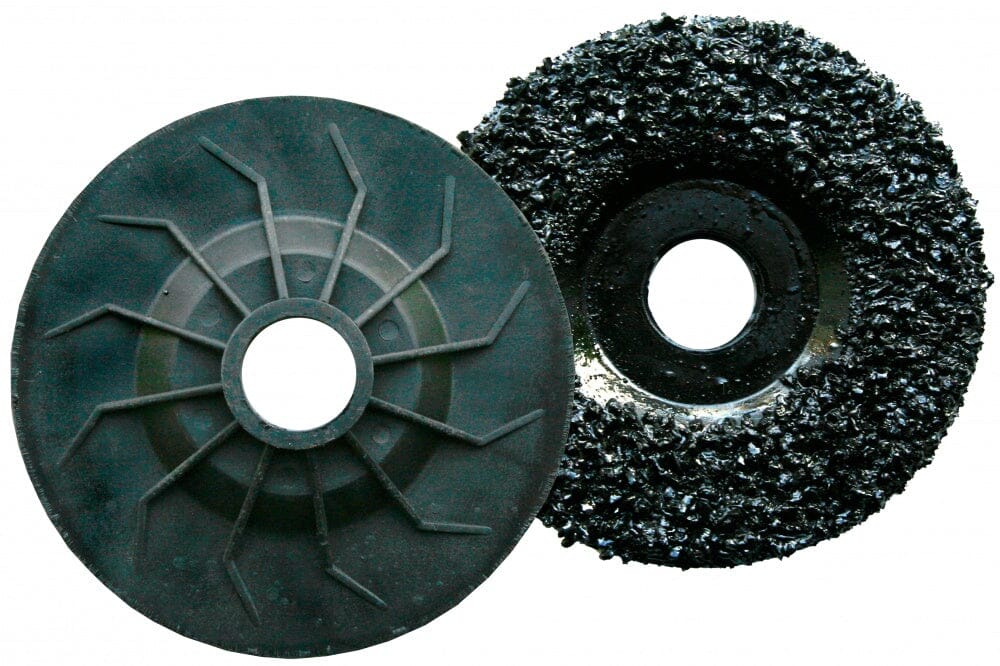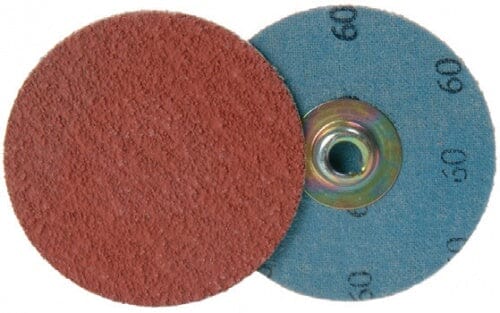When it comes to abrasive tools, speed matters. Just like a blade or drill bit, abrasives rely on proper surface speed to deliver clean, efficient, and long-lasting performance. Using abrasives at the wrong speed can lead to poor results, excessive wear, and even premature tool failure.
In this guide, we outline the recommended RPM ranges for various materials and tool types—including angle grinders and powerfile machines—to help you optimise your finishing results and extend the life of your abrasives.
⚙️ Correct RPM for Angle Grinders (Based on Disc Size & Material)
| Material | 100mm (4") | 115mm (4½") | 125mm (5") | 178mm (7") |
|---|---|---|---|---|
| Stainless, Tool, HSS Steel | 3500–6000 RPM | 3000–5000 RPM | 2750–4600 RPM | 1900–3200 RPM |
| Cast Iron, Carbon Steel | 4800–8600 RPM | 4100–7500 RPM | 3820–6900 RPM | 2650–4775 RPM |
| Non-Ferrous (Copper, Brass) | 4800–6700 RPM | 4100–5800 RPM | 3820–5350 RPM | 2650–3700 RPM |
| Aluminium, Zinc | 3500–6000 RPM | 3000–5000 RPM | 2750–4600 RPM | 1900–3200 RPM |
| Hardened or Hard Steel | 1500–2900 RPM | 1300–2500 RPM | 1200–2300 RPM | 850–1600 RPM |
| Titanium & Titanium Alloys | 1900–4800 RPM | 1650–3800 RPM | 1500–3800 RPM | 1050–2650 RPM |
| Glass, Ceramics, Stone | 1500–1900 RPM | 1300–2500 RPM | 1200–2300 RPM | 850–1600 RPM |
| Acrylics | 955–1500 RPM | 830–1300 RPM | 760–1200 RPM | 530–850 RPM |
| Plastics & Rubber | 1900–3500 RPM | 1650–3000 RPM | 1500–2750 RPM | 1050–1900 RPM |
| Wood | 2850–4800 RPM | 2500–5800 RPM | 2300–3800 RPM | 1600–2650 RPM |
| Lacquers & Varnishes | 1500–1900 RPM | 1300–2500 RPM | 1200–2300 RPM | 850–1600 RPM |
✅ Tip: Using slower speeds on heat-sensitive or delicate materials like acrylic, lacquer, or titanium helps prevent burning and surface distortion.
🔧 Powerfile Machines – Fixed vs. Variable Speed
Powerfiles vary by make and model, but choosing the right speed setting is essential for achieving a clean finish and protecting your abrasive belts. Below is a quick reference to help you select the correct speed type based on material:
| Material | Recommended Powerfile Type |
|---|---|
| Stainless Steel, Tool Steel, HSS | ✅ Variable Speed |
| Cast Iron, Carbon Steel | ✅ Fixed Speed OK |
| Non-Ferrous Metals (Copper, Brass) | ✅ Variable Speed Ideal |
| Aluminium, Zinc | ✅ Variable Speed |
| Hardened & Hardened Steel | ✅ Variable Speed with Low Option |
| Titanium & Alloys | ✅ Variable Speed with Low Option |
| Glass, Ceramic, Stone | ✅ Variable Speed with Low Option |
| Acrylics | ✅ Variable Speed with Low Option |
| Plastic & Rubber | ✅ Variable Speed with Low Option |
| Wood | ✅ Variable Speed with Low Option |
| Lacquers & Varnishes | ✅ Variable Speed with Low Option |
⚠️ Why Speed Matters
-
Too Fast? You risk overheating, burning, or glazing the abrasive.
-
Too Slow? You may lose efficiency and wear the abrasive unevenly.
-
Correct Speed? Optimises cut rate, surface finish, and abrasive lifespan.
🔍 Looking for High-Quality Abrasives?
We stock a wide range of belts, discs, wheels, and sheets suitable for variable-speed and fixed-speed machines. Whether you're cutting, grinding, or polishing, we’ve got the right products for every speed setting.
📞 Need advice? Contact our team—we’ll help you choose the right product and speed settings for your materials and tools.

